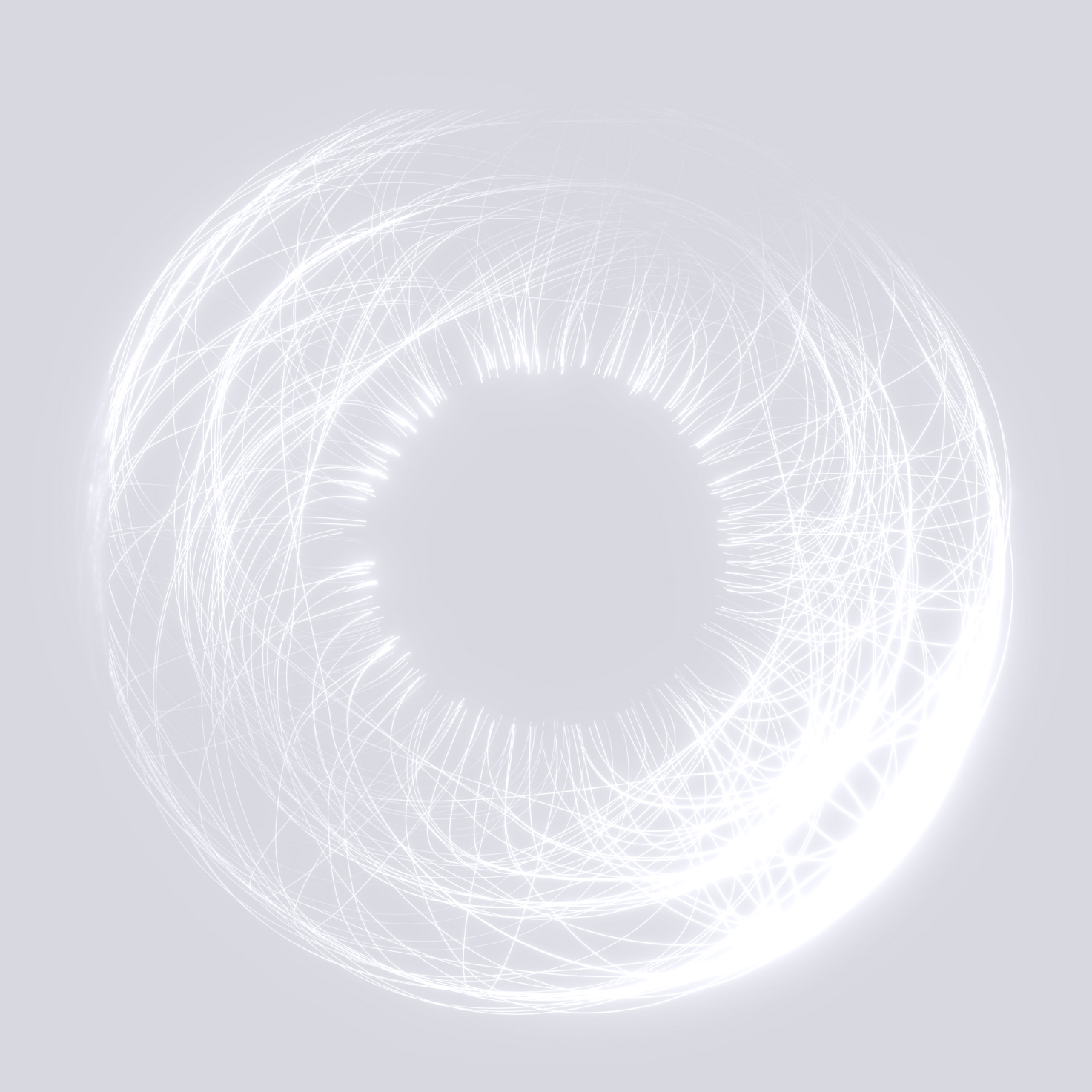Tracking the Almost Invisible
Using AI for Low-Signal Space Objects
Detecting and tracking faint objects in Earth’s higher orbital regimes is one of the great challenges in space situational awareness (SSA). Medium Earth Orbit (MEO), Geostationary Orbit (GEO), and beyond-GEO (xGEO) regions are becoming increasingly important as space activity expands. Yet, very small or distant resident space objects (RSOs) often reflect so little light that they disappear into the noise of our telescopes.
Traditional methods can struggle in these ultra-low signal-to-noise (SNR) conditions. Frame-stacking techniques (where you add multiple exposures of the sky together in the hope of boosting your faint signal) help, but only when an object’s trajectory is already known. Other statistical approaches—such as Kalman filters or multi-Bernoulli filters—are highly effective for estimating trajectories but can still be limited by assumptions about noise and model linearity.
A new approach explored by Spaceflux researchers takes inspiration from recent advances in machine learning. By applying simulation-based inference (SBI), they show how it is possible not only to recover the orbital state of faint RSOs but also to do so efficiently enough for practical use.
Why traditional methods fall short
Traditional methods such as frame stacking and Kalman filters are excellent choices when the position of the satellite in, say, xGEO is already well known. At that point, you have a very good initial guess and can refine the orbital model (Kalman filter approach) using additional data or you can stack your set of exposures in such a way that your faint satellite signal becomes visible.
The problem arises when your initial understanding of where your satellite is is a bit more fuzzy. At that point, the search space of possible orbital solutions is vast. Another problem is noise, sometimes the signal is just too faint to effectively stack the data together to suppress the noise. So, how can we infer the most likely trajectory of a satellite, or more generally, a Resident Space Object (RSO)? Bayesian techniques like Markov Chain Monte Carlo (MCMC) can, in principle, map the full probability distribution of orbital states. This is crucial when noise is non-Gaussian or when only partial orbital information is available. However, MCMC is often far too computationally expensive for the high data rates required in SSA.
Simulation-based inference sidesteps this by training a neural network to learn the relationship between simulated orbital parameters and the noisy observations they produce. Once trained, the network can infer posterior distributions for new data almost instantly. This “amortised” learning approach pushes the heavy computation into the training phase, leaving inference fast and lightweight while still retaining the full statistical rigour of an MCMC-style approach.
How the method works
At Spaceflux Labs, we created a proof-of-concept using simulated data of a faint RSO in cis-lunar orbit. The simulation assumed a signal-to-noise ratio of only one to three, so low that an individual frame shows little more than random noise. In their model, the RSO moved at half a pixel per frame, across a sequence of 12 noisy images (the figure on the right illustrates this simulation).
A neural posterior estimator, a type of simulation-based inference, was trained on thousands of similar examples, each linking orbital parameters (position and velocity) with simulated noisy observations. Once trained, the system could take a new, unseen dataset and immediately recover an accurate posterior distribution of orbital states.
The result is a full probabilistic map of possible trajectories, rather than a single “best guess.” As shown in the posterior distribution plots on the right (the colourful plot), the method successfully retrieved the ground-truth trajectory in just one second on a laptop. What we see here is the probability of the position of an RSO in a stack of images.
Why it matters for SSA
This work represents a significant step forward for SSA in low-SNR environments. By capturing the full Bayesian posterior distribution, SBI offers a richer picture of orbital uncertainties. This is especially valuable for “stare” campaigns—when the trajectory of a newly detected object is poorly constrained.
Crucially, the approach is both robust and efficient. Once trained, the network can perform inference in real time, a necessity when dealing with large volumes of observational data. Unlike classical methods, SBI does not require explicit modelling of noise distributions, making it particularly well-suited to real-world scenarios where observations are irregular, heterogeneous, or strongly non-linear.
Looking ahead, we plan to extend the approach by including it into our day-to-day data analysis pipeline to lend a helping hand to find those very difficult to track objects. This will improve realism in fully operational environments and test the technique against the full complexity of space surveillance conditions.
Towards better coverage of deep space
As activity expands into cislunar space and beyond, the ability to detect and track faint RSOs will become increasingly important. SBI offers a new pathway: a flexible, data-driven approach that combines the rigour of Bayesian inference with the efficiency of modern machine learning.
If successful at scale, this method could help bridge the gap between current SSA capabilities and the demands of future deep-space traffic monitoring.
This work was published as an AMOS conference paper. See link below to read the paper.
Further Reading / References
- Waldmann, I. P., Rocchetto, M., Debczynski, M., & Ferguson, J. (2024). Low signal to noise state space modelling using simulation based inference. AMOS Conference Proceedings.
- Cranmer, K., Brehmer, J., & Louppe, G. (2020). The frontier of simulation-based inference. PNAS, 117(48), 30055–30062.
- Greenberg, D. S., Nonnenmacher, M., & Macke, J. H. (2019). Automatic posterior transformation for likelihood-free inference. arXiv:1905.07488.

RSO is assumed to have a Point Spread Function of∼1 pixel. The indices denote the frame sequence with the RSO
travelling at a 0.5 pixels rate in both axes per frame observed.

and the histograms show the marginalised posterior distribution with the coloured heat maps being the conditional
posterior distributions. As this is an amortized inference, this result was obtained in∼1 second on MacBook Air.




